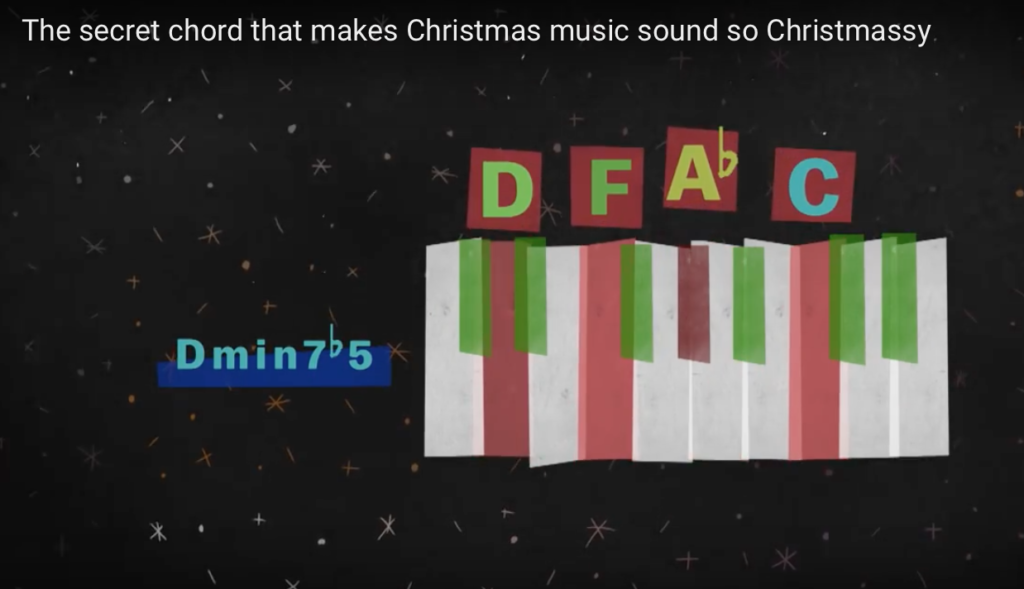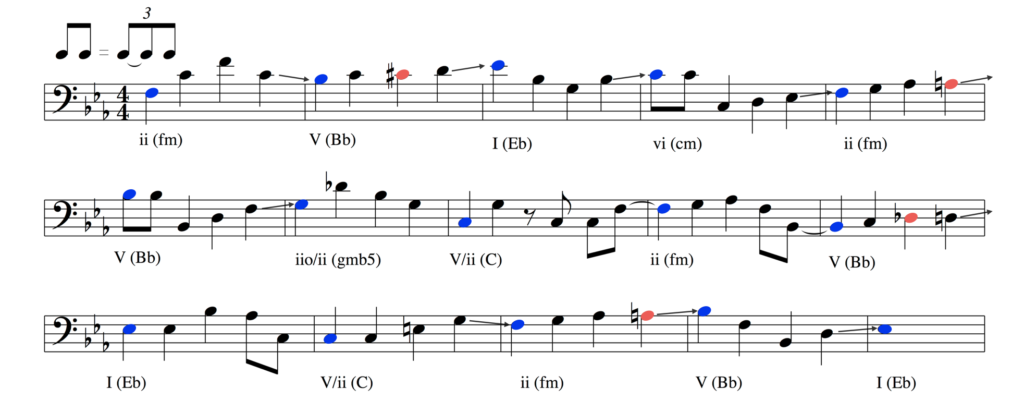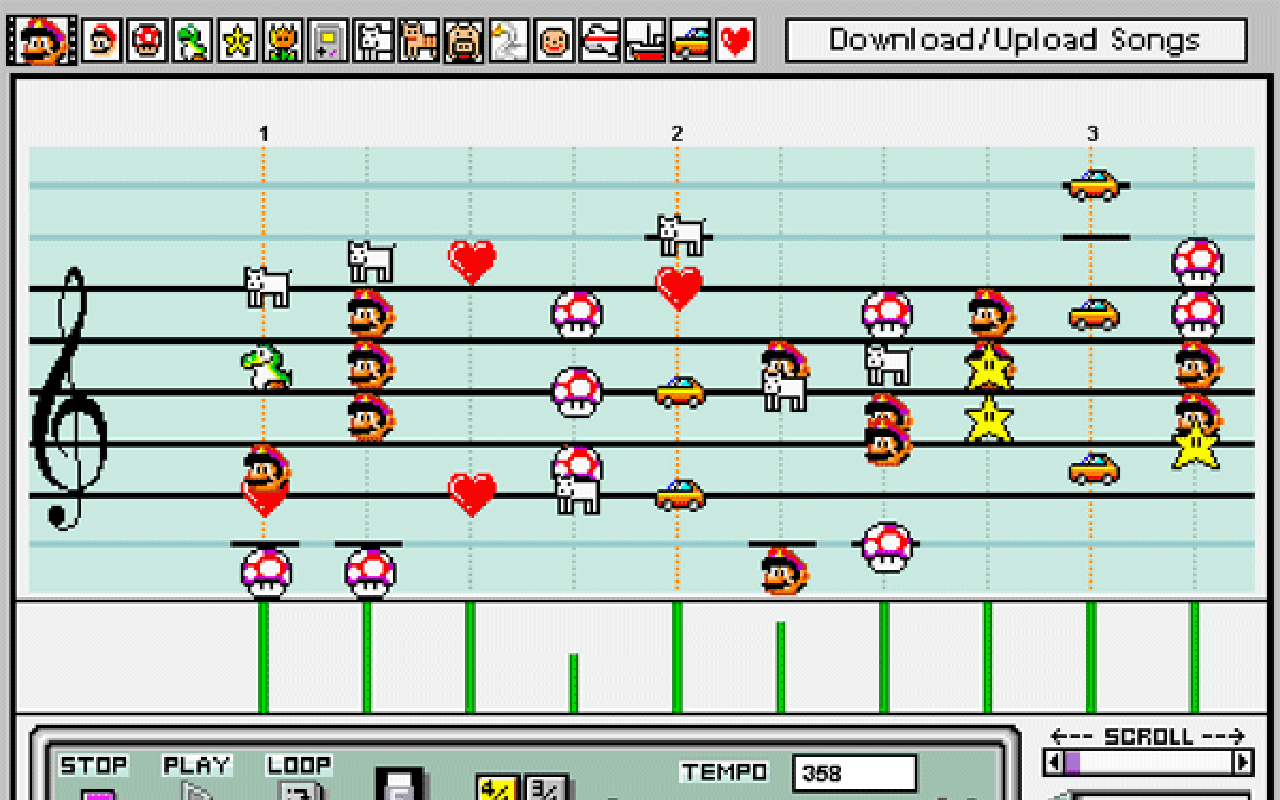What if I told you I had reflected and found that on the internet today I could find examples of what I teach (in graphic, video or notated form) and that students had free and rapid access to theory, analysis, composition examples and technology projects in multiple formats? 15 years ago it was not as simple. It was not as easy to come across and I remember being a part of the Classroom 2.0 forums where teachers would share and collate such materials. My own blog began as a way to collect and share these ideas. I was a Web 2.0 enthusiast and integrated technology regularly. But what has changed and have we as educators moved with the change or even noticed it?
Are you aware of some of the amazing educational music tools out now?
- Websites like iZotope, Splice.com, Blend.io and Kadenze.com are giving out analyses of musical works, with the project files to download and educating students on advanced concepts for free from recognised Universities or Product websites. Not to mention the incredible MusedLab.org
- Learning to use an iPad or Mac music software is no-longer the goal. This is a minimum. Just go to Youtube and see what creatives are making. Being able to connect applications into a string of tasks, with collaboration and/or hardware integration is quickly becoming a focus point for professionals. Check out the blog about Arturia’s DrumBrute to see what I mean. The interview with Alexandre Desplat on the Valerian Score was very interesting.
- MusicTheory.net, HookTheory.com, Teoria.com, Chopin Analysis, Song chord analysis, writing electronic basslines, Vox’s rap analysis and their Christmas Chord analysis video all point to a wealth of knowledge beyond my classroom. Would you have students interested in understanding the progression of IV – iim7b5? Yet here we are with Youtube channels providing musical knowledge that we as educators could/should be creating.

What initiated this thought for me was the recent post of a video analysing the new Mario Odyssey game for Nintendo Switch. It is complete with bass line transcription, chord analysis and detailed explanation. This level of work is something that I want to teach to my senior music students and it challenged me.
1. It is a fantastic resource and I will be unpacking it with my students.
2. It challenges me to put time aside to make a similar set of analyses.

Have we as educators noticed the change?
More and more detail is being provided online (something which is a benefit) yet as educators can we make use of it in our classrooms with students who may or may not be aware of the highly advanced nature of this content?
I have started teaching secondary dominants and Dm7b5 chords as well as Tritone Substitution to Grade9-11 students. But is this normal for everyone? My opinion is that with perceiving this creation of advanced resources we as music educators can deliver more sophisticated learning opportunities. We just need to be creative!
30 things you can do to promote creativity is an article written by Miriam Clifford. Out of the 30 ideas presented here the one that caught my eye was number 11. They are all relevant however, and worth a read for both educators and students.
Try the Incubation Model. E. Paul Torrance designed this model. It involves 3 stages:
Heightening Anticipation: Make connections between the classroom and student’s real lives. “Create the desire to know”.
Deepen Expectations: Engage the curriculum in new ways. Brainstorm and create opportunities to solve a novel problem.
Keep it going: Continue the thinking beyond the lesson or classroom. Find ways to extend learning opportunities at home or even the community.
Next term I will have a class of mixed-grade students researching, drafting and creating their own Video Game compositions. I am fortunate to have the advice of World of Warcraft and Overwatch composer Neal Acree but my students will also be watching materials made by YouTuber Onagaku. His videos, ideas and transcriptions become pre-flipped-advanced inspirational material that I can help my students create with. The materials cover modes, melodic variation and more complicated chord structures that they can add to Ableton or Logic projects.
The goal for me is to be creative, encourage students to be creative but provide a structure for them to make sense of the advanced material available to them. Just for fun I will leave you with this YouTube Analysis I found of DuckTales. A great idea for future student projects!
Cover image: https://splice.com/blog/super-mario-odyssey-bassline/
